The Rapha Festive 500 is in its 13th year now and the challenge remains the same – ride 500km in eight days between 24 December and 31 December.
Riding an average of 62.5km a day doesn’t seem all that difficult, but Christmas is a unique period of the year.
Travel, time with friends and family, and festive indulgence eat up riding hours. Plus, many people have to work as well.
In the Northern Hemisphere, daylight is in short supply and the weather is rarely conducive to logging big miles outside – though virtual rides on indoor cycling apps such as Zwift do count towards your Festive 500 tally.
These factors combine to make the Rapha Festive 500 an exacting challenge. But it's not an insurmountable one, provided you plan, prepare and execute it sensibly.
Below, digital writer Jack Evans suggests things to do and avoid based on his successful experience last year.
If 500km is too much for you this Christmas, these tips should still help you capitalise on the riding time you do have.
Nine tips to ensure Festive 500 success
Plan your rides

If you ride at an average speed of 25km/h, you’ll need 20 hours’ riding time to rack up 500km. Over eight days, this equates to two and a half hours daily.
It’s unlikely you’ll have this long every day, though. Sometimes commitments and weather will intervene to stop you from going out. You’ll probably want a rest day for recovery too.
You could pedal your final kilometre on New Year’s Eve. However, I’d recommend aiming to finish the 500km with a day or two to spare.
You’ll have breathing room if a mechanical, for example, slows your progress and the final days of the year will be more relaxing.
Therefore, make the most of quieter days in your social calendar, especially if the weather’s favourable, by posting a longer ride. On busier days, ride a shorter route or have a day off.
Furthermore, your loved ones will appreciate knowing whether to expect you to be out all morning or just for a couple of hours.
Last year, I started with 100km on Christmas Eve, didn’t ride on Christmas Day and did 55km on Boxing Day. Then I strung together three 100km-plus days to complete the challenge on 29 December.
That final sequence had its highs and lows, but taking a big chunk out of your target distance early on is advisable.
Stay on top of maintenance

Successive rides through winter grime and grit will take a toll on your bike’s components, particularly the drivetrain.
So, before you begin, make sure you know how to get your road bike ready for winter and brush up on how to clean a bike chain.
At this time of year, it’s best to clean your bike after nearly every ride. If your failure to do so results in a part wearing out, with local bike shops closed or open for reduced hours, you might not be able to replace it unless you’ve stocked up in advance.
I made that mistake last year, when I squeaked over the line on a pair of badly worn disc brake pads. This time round, I’ve checked they’ve got plenty of life left in them.
Look after your body
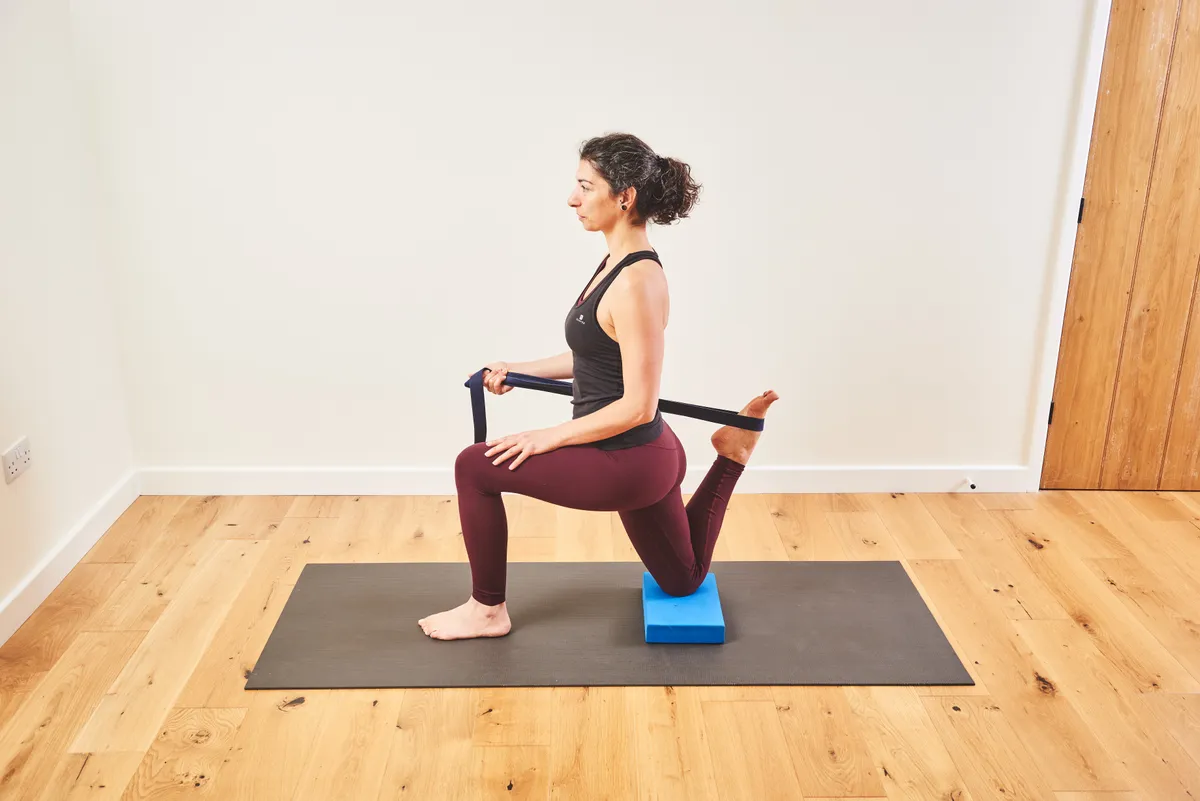
What’s true for the bike is true for the body. After an off-season lull, the muscles used in cycling can become sore and tight when training load increases.
Stretching and foam rolling will help you get through the Festive 500 free of pain and injury. Post-ride, I’d suggest stretching to improve your flexibility and cycling performance. It’s also worth considering these foam roller exercises to roll out tight muscles.
For more advice on pain prevention, read up on how to fix the most common causes of bike pain.
Kit up
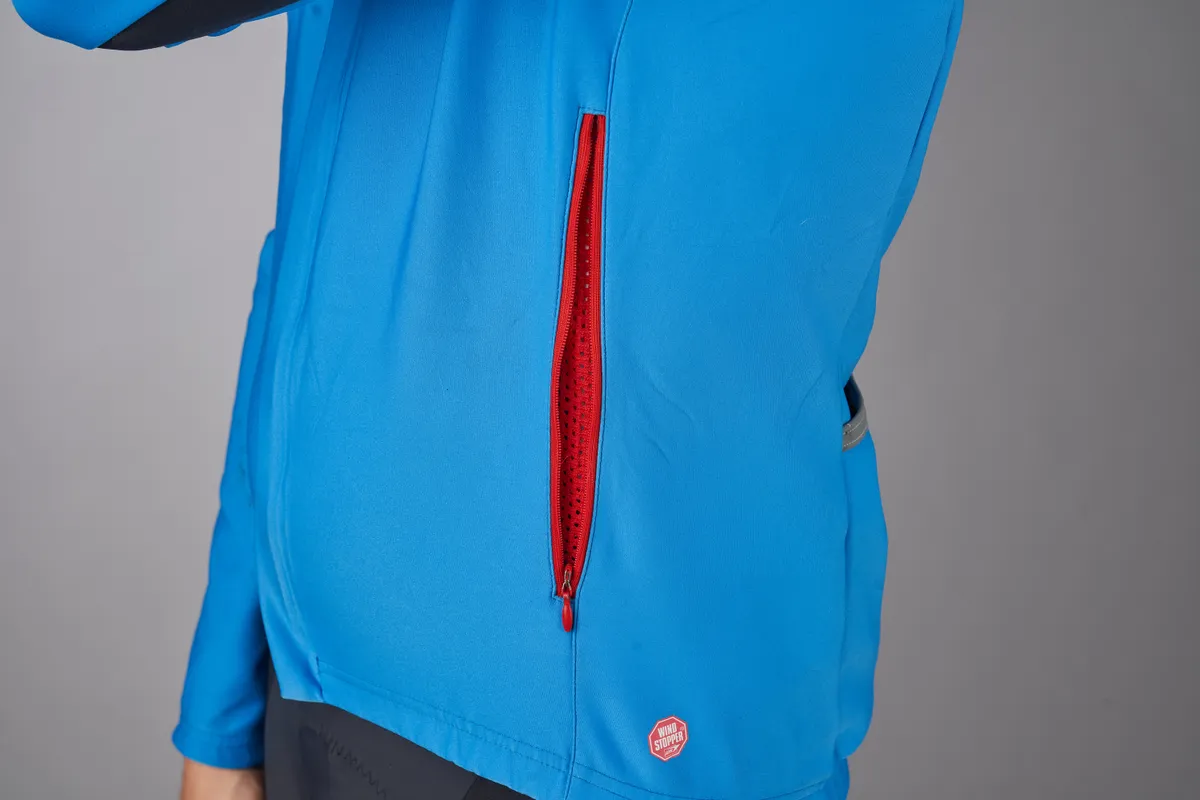
It sounds simple, but layering up for winter cycling is ever so important and quite hard to get right.
Getting cold on your bike in December is miserable and demotivating, not to mention dangerous.
In consistently chilly conditions, the best winter cycling jackets paired with winter bib tights are your best bet.
Smaller winter cycling accessories are vital too. At one extremity, the best overshoes keep your feet warm (and your cycling shoes cleaner). At another, the best winter cycling gloves will prevent your fingers from freezing.
I reckon I lose a lot of heat through my extra-large head, so my indispensable winter riding garment is the thermal Castelli Difesa 2 Cap, which has ear flaps.
However, regulating your temperature is arguably harder than staying warm in winter.
Chilly early starts can give way to relatively mild conditions by mid morning. If you’re dressed in one heavy outer layer, you may overheat, especially on hilly routes. Once drenched in cold sweat, it’s hard to reheat yourself.
To cope with such temperature swings on long rides, you should wear something on top of your baselayer and jersey you can remove and stow in a pocket, for example a cycling gilet or packable jacket.
Whatever the weather, you’ll need several sets of cycling clothing if you’re riding back-to-back (or do regular washes).
Fuel regularly

You may want to use the Festive 500 to burn off excess Christmas calories, but remember to eat little and often on the bike.
Even if you feel you’ve overindulged the day before, you’ll need carbs to avoid bonking on a bike ride, otherwise known as extinguishing your glycogen stores.
These only hold enough energy for 90 to 120 minutes of moderate exercise, or roughly 2,000 calories’ worth, according to Knuiman, Hopman and Mensink.
Depending on ride duration, intensity and your weight loss goals, Burke et al. advise taking on 30 to 60g of carbohydrate an hour on rides longer than two and a half hours.
In food terms, a typical energy bar or mince pie (it is Christmas after all) contains 30g of carbohydrate.
Calculating how many calories cycling burns is easiest with a power meter because the number of watts you produce during a workout corresponds roughly to energy expenditure in calories. A heart rate monitor measures calorie burn too, albeit less accurately.
Don’t worry if you lack one or two of these tools – just keep eating. Under-fueling during a multi-day event such as the Festive 500 impairs performance on that day and recovery for days to come.
What’s more, if you get back home starving, you’re less likely to control snacking, which makes it harder to lose weight cycling.
Don’t make it too hard for yourself
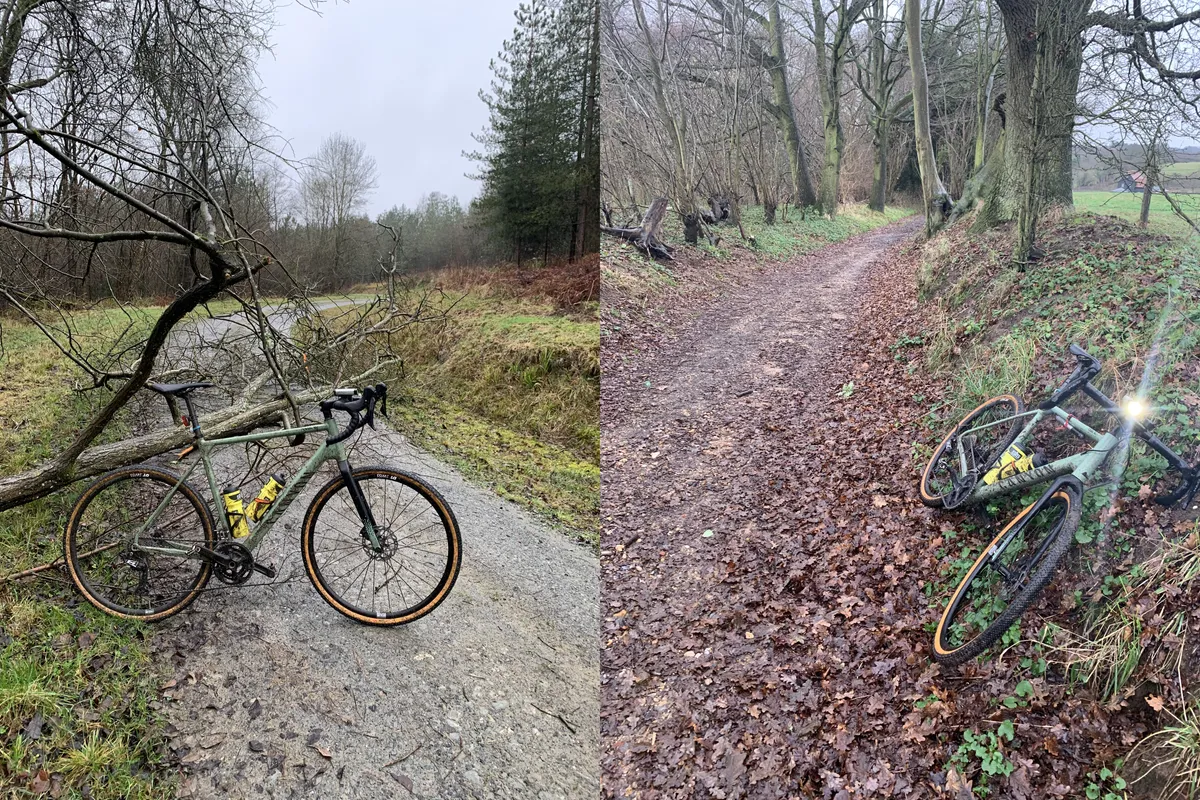
Some riders up the Festive 500 ante by completing the distance in one go in an audax or clocking 1,000km over the eight days.
But you don’t have to – the Festive 500 is sufficiently challenging in itself.
Another mistake I made last year was incorporating an off-road section every day. While this kept things interesting, it made the total distance more exhausting than it could have been.
With this in mind, don’t feel the need to head into the hills either (if you can avoid them) because this will lower your average speed and build fatigue.
There’s no shame in choosing flat or undulating terrain, which is where you’ll get the best training effect on endurance rides anyway.
I wouldn’t advocate sticking to busy roads, but courses with lots of turns and junctions will also slow you down. Loading pre-planned routes on to your bike computer will save you time checking which way to go.
Without lots of climbs and bends to worry about, you can focus on staying in zone two of your training zones. This effort level should be sustainable over the eight days.
Don’t ride in dangerous conditions
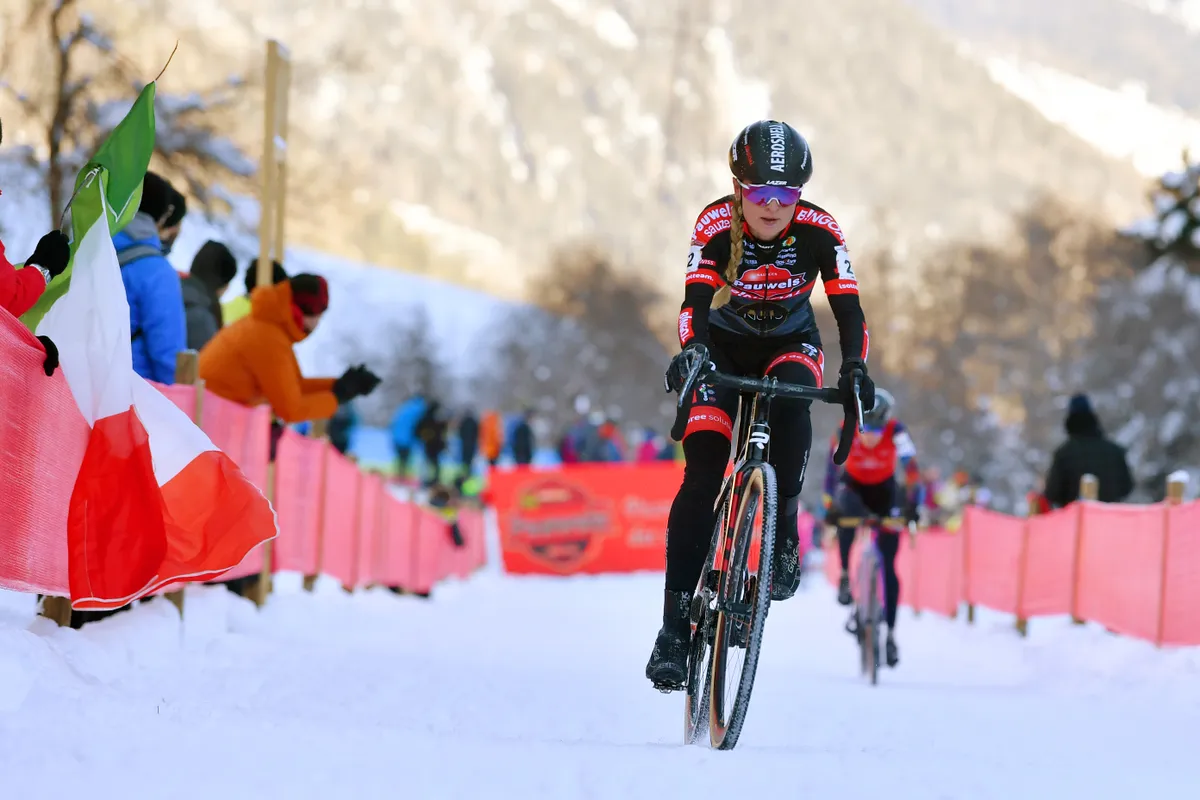
Completing a distance challenge is not worth risking a trip to Accident and Emergency for, especially during such a difficult time of year for health care services.
Please don’t go out on snowy or icy roads. Have a day off or, if you have one, jump on your smart trainer. Alternatively, take your gravel bike or mountain bike off-road and stick to easy trails.
Whether you ride in the dark or not, good bike lights are essential at what is often a gloomy time of year.
Don’t go solo
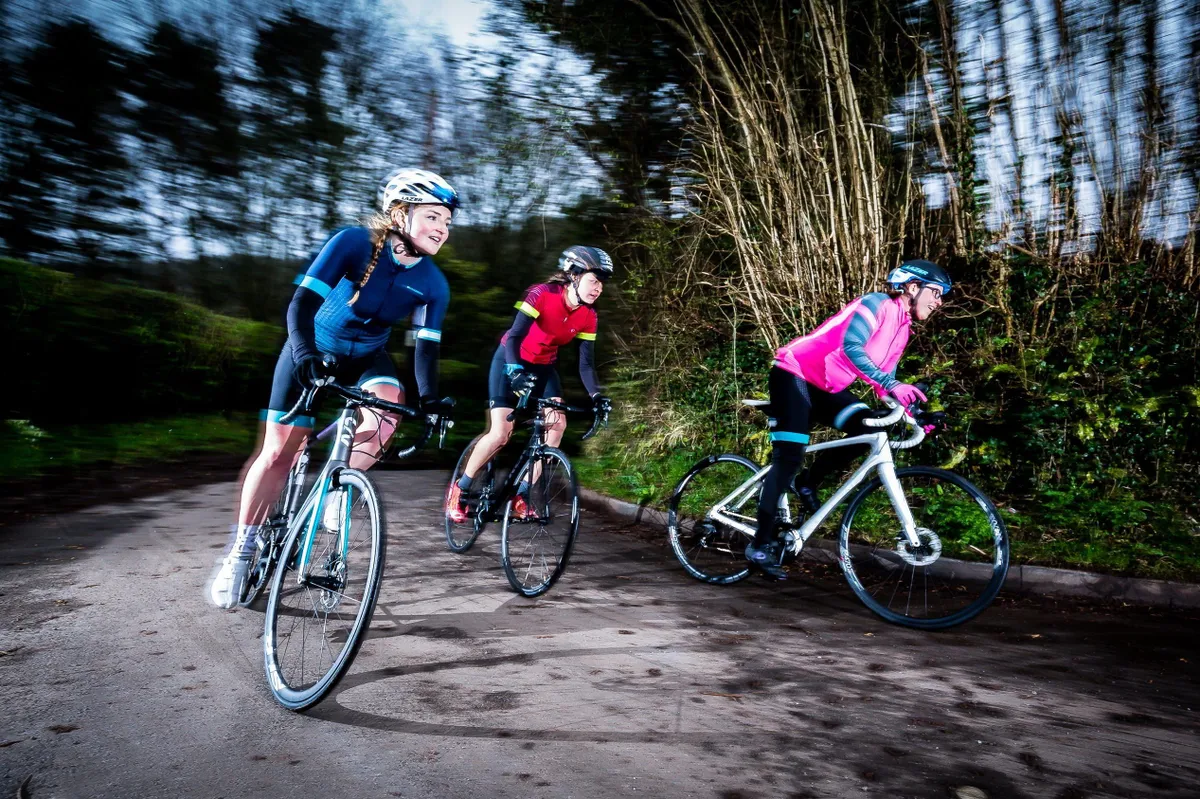
Riding solo may be an alluring antidote to (too much?) time spent with loved ones, who may also be glad to see you go out of the door.
But riding 500km without someone to talk to and draft behind may become lonely and tiring.
So between Christmas Day and New Year, consider hooking up with riding pals.
Riding in a group will help the kilometres pass quicker. And if your mates aren’t doing the Festive 500, you’ve certainly got an excuse to take shorter turns on the front.
Don’t think of it in isolation
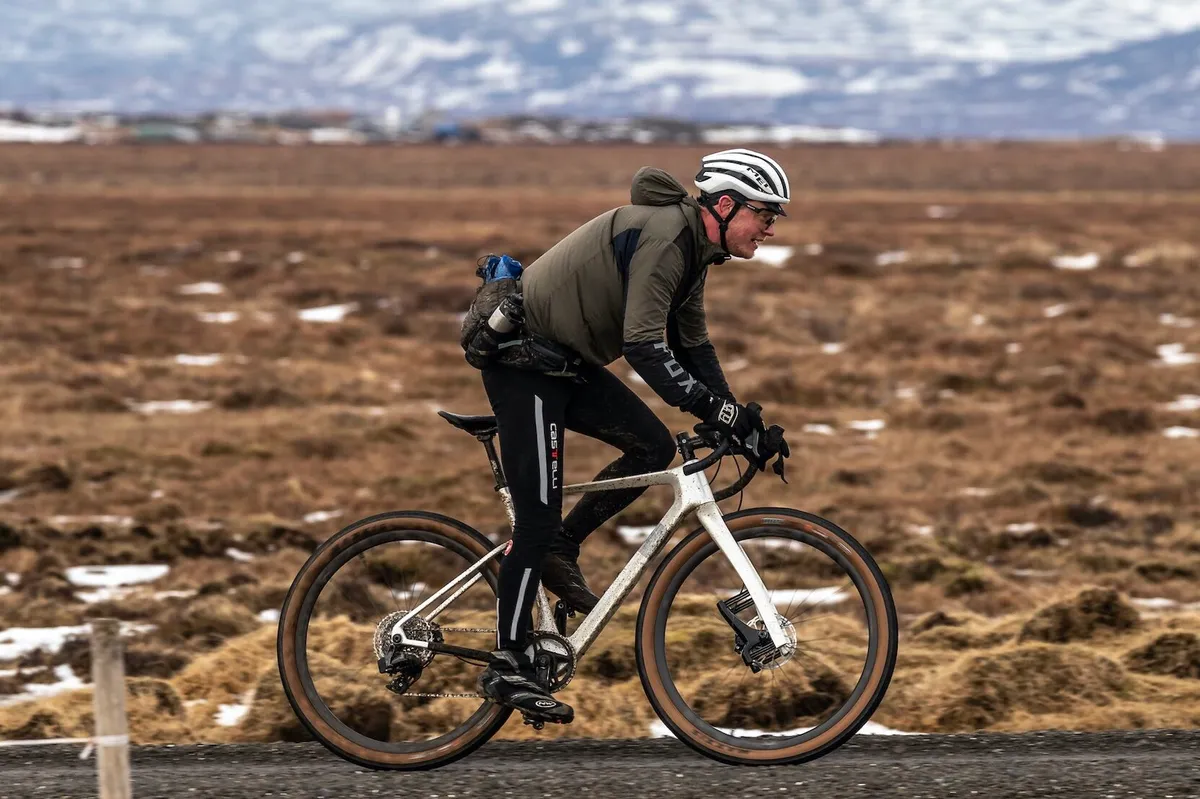
The desire to finish the Festive 500 may provide sufficient motivation in itself. In moments and on days when this isn’t the case, I’d recommend framing the challenge within your wider goals.
You could treat the Festive 500 as a base training block to lay the foundations for success in 2023. The endurance you’ll develop will prove valuable whether your target is ultra-endurance cycling, hill climbs or becoming a fitter, faster and better cyclist.
For example, last year I used the Festive 500 to train for a 700km bikepacking trip in March and then a 300km sportive in June.
The mental fortitude I developed, as much as the physical fitness, set me up for later in the season.
Nonetheless, riding the Festive 500 is a satisfying accomplishment, which earns you a treat or two come New Year’s Eve.
